Whenever one talks to Navin about the industry, he lights up with childlike curiosity and contagious positivity.
The second-term President of the Malaysian Advertisers Association (MAA) is an industry veteran and his writings (he is also an ex-Copywriter) and words of encouragement have touched industry players, consumers and students alike.
Navin spent two decades in the FMCG industry with oversight of global markets as Head of Communication & Consumer Marketing for BABA’S, Malaysia’s leading curry powder and spice brand, capturing in excess of 60% of market and achieving sales growth of over RM600mil.
His collaborative projects ranged from creating and producing the first reality-TV culinary series, developing new packaging classifications and design standards, driving digital transformation, and some guerilla marketing that took larger FMCG brands like Nestlé and Knorr by storm.
Sharing continues
So when Dr Fahizah Shamsuddin, the Programme Director for Advertising and Brand at Management from Taylor’s University Lakeside Campus called him to help secure some key brands and judges for a major project, she knew she was in good hands.
For Navin, it was second nature to come to the rescue and another calling to help the next generation of professionals.
The ADVERT Showcase is a celebration of work done by final year students in the Advertising and Brand Management Collaborative Project. 6 student teams (agencies) spent 14 weeks working on briefs from six leading brands (clients) for the exercise and were assessed by 10 senior industry leaders (including Navin and a turbanned stranger) and the respective clients.
Navin says, “Sitting amidst my fellow seasoned marketers listening to the campaign presentations from the final year students at Taylor’s ADVERT Showcase recently, brought a smile to my face. More than once if I’m to be honest.”
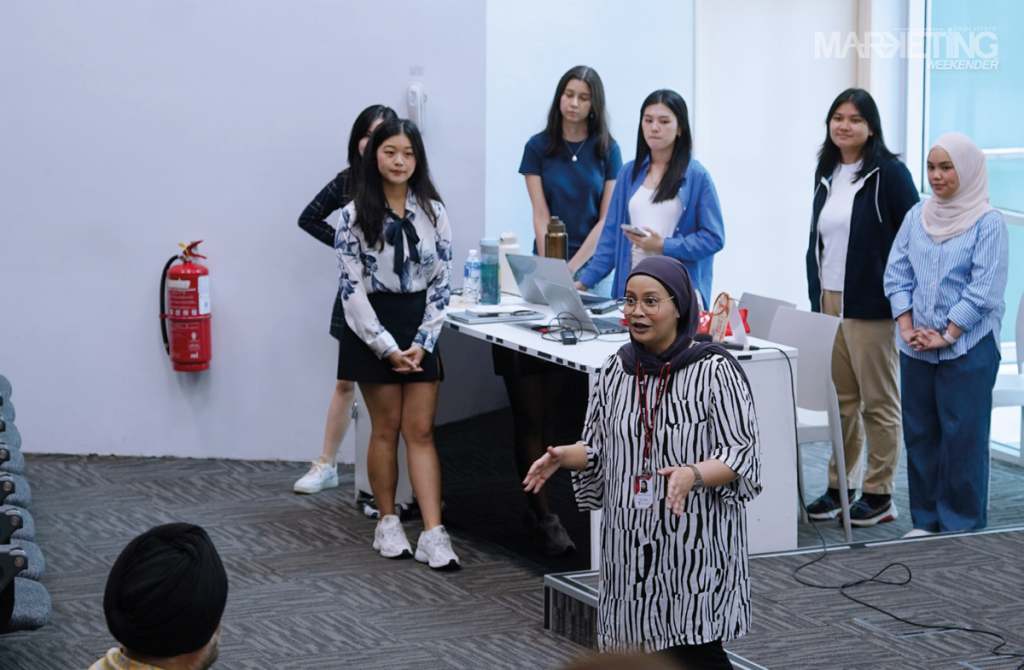
Marketing to Zoomers, by Zoomers
True to form, the challenge was how the students would create campaigns for their own Gen Zs, giving them a chance to shine by applying classroom knowledge in real-world brand scenarios.
Navin shares, “To know that the future of our industry showed more than hints of promise was undoubtedly comforting. Admittedly, I quietly cringed at the realisation that as a parent of kids of these times, I’m culpable in the curation of a generational fetish for ‘blind boxes’ (reflected in quite a few of the executions).”
Challenged with real world scenarios provided by the participating brands, one team explored how to stir excitement among their peers for drinking coffee, another reinvented the cool factor of a classic fragrance brand with a campaign that seemed ready to go live immediately.

Two projects peaked Navin’s interest for their choice of focus — topics many experienced marketers might deem not sexy enough to be worth the effort.
The first was a campaign for the Southeast Asian Regional Centre for Counter-Terrorism (SEARCCT).
“Don’t worry, you’re not alone if you’ve never heard of them!” quips Navin. “The team nailed it, crafting a campaign so compelling that it piqued my lunchtime curiosity and led to a few casual searches.”
The second campaign was more familiar territory with a task set by the Content Forum (CMCF) to promote understanding of key tenets of the Content Code.
Most ‘experts’ tasked with presenting to such bodies often opt for more professionallooking decks adorned with colours like “blue for stability” and “white for purity”, and a slew of keypoints few outside the room would actually be bothered about.
“Their approach was kiddish, almost whimsical, featured cutesy fluffy characters that contrasted sharply with the serious nature of what they represented. Totally unexpected but I love it.”
What set these aspiring young marketers apart was their choice of a more captivating narrative that spoke to their own generation, plus the messaging was clear and fun.
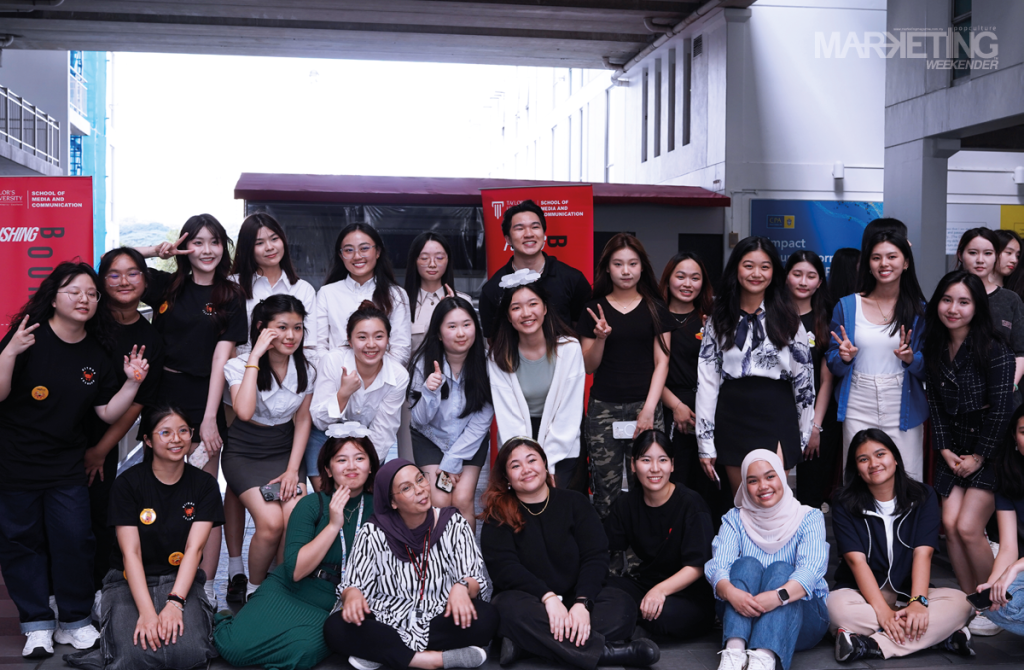
Locking the doors and windows of a house with no walls
Today, we’re assailed by content at almost every single touchpoint — from flashy ads, compelling entertainment to endless streams of usergenerated posts, and of course, loads of clickbait and fake news.
While much of it is harmless; if you have your wits about you, as a parent, we worry about the overwhelming digital deluge that reaches our kids – intentional or otherwise.
Navin cautions, “If the Content Code was seen as important when it was first introduced in 2004, it is ever more critical today. As digital content exponentially increases and children gain earlier access to devices, it’s ever more crucial that the content landscape remains safe, ethical and accountable.”
Regulatory bodies such as the Content Forum of Malaysia (CMCF), the Advertising Standards Advisory of Malaysia (ASA) and Lembaga Penapisan Filem (LPF) are pivotal in ensuring content remains ethical, legitimate, and lawful.
However, these entities must continuously evolve with the rapid transformations in the content, digital and broadcast ecosystems. If they fail to adapt, they risk becoming outdated, out of place, or possibly even oppressive.
“Historically, blanket censorship or draconian measures of prohibition have had failed outcomes, even adverse effects. Today, it would be like locking the doors and windows of a house with no walls!”
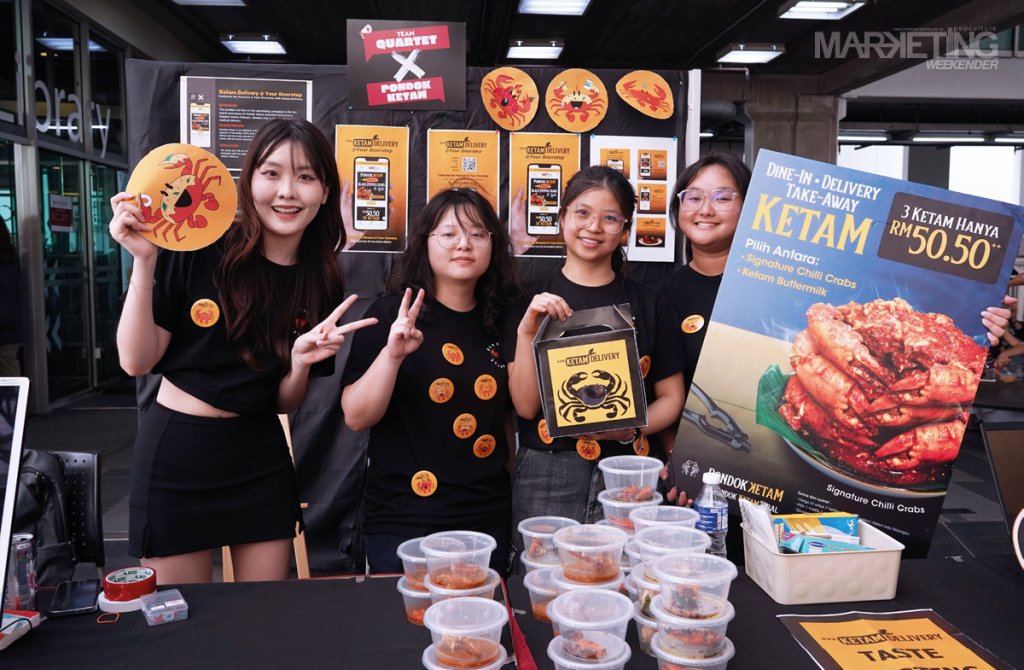
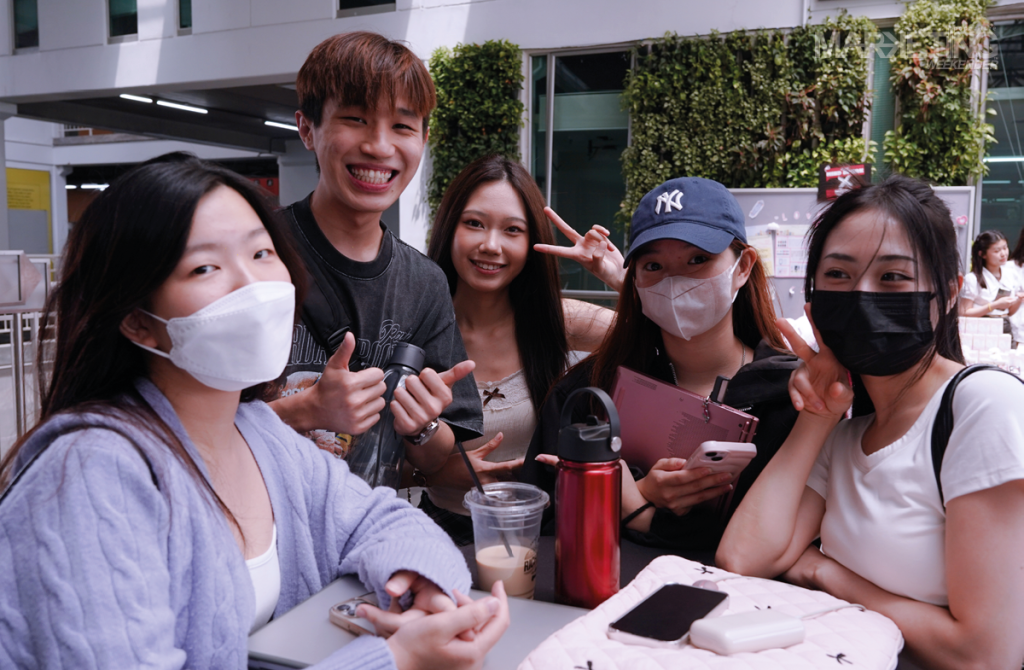
Navin’s right.
What’s deemed offensive today might also become tomorrow’s norm, “Kamala is Brat” is a recent example for the US Presidential elections.
Self regulation empowers the community to build their own walls. While regulators strive to protect without restricting the liberties of the public; content creators, both professional and amateur, must embrace higher ethical standards too.
They must also be wary of exploiting the liberties afforded by self regulation, as the fallout might lead to severe repercussions, and potentially more rigid or oppressive circumstances.
Policing without the police
Turning a blind eye or deaf ear serves no one. It’s as good as being complicit. The public has to play its role in maintaining ethical content standards. Promoting good content practices, actively and visibly rejecting what’s inappropriate.
Regular fact-checking, reporting of offensive content, and educating ourselves about what’s right and what not, are practical steps that we all can undertake – parents; most critically, as children are the most vulnerable to harmful content.
The explosion of content has also led to a surge in misinformation, polarisation, harmful stereotyping, and hate speech, all of which can negatively impact perceptions and behaviours.

As technology becomes more integrated into education, awareness of the regulations and codes that protect us should be integrated into syllabus from an early stage, much like civics. Sadly, for most codes and regulations can be a daunting read. Even when they are crafted in simplicity with the general public in mind.
“But seeing a group of Gen Z future marketers effectively spread this message and ‘educate’ experienced industry professionals, with their own narrative, was a win for self regulation. Their fresh take on regulatory messaging highlighted the importance of seeking innovative approaches in disseminating such critical information.
They might not be ready to draft codes and regulations to keep themselves safe in the dark alleys of the digital realm just yet, but clearly, they’re more than capable in getting the message across to their peers.”
He concludes, “If a child can persuade you to make a fool of yourself by recording the latest TikTok trend for the world to see, perhaps the younger generation are better equipped than we think to persuade us toward a more thoughtful approach to our digital habits. It’s time for a new perspective.”
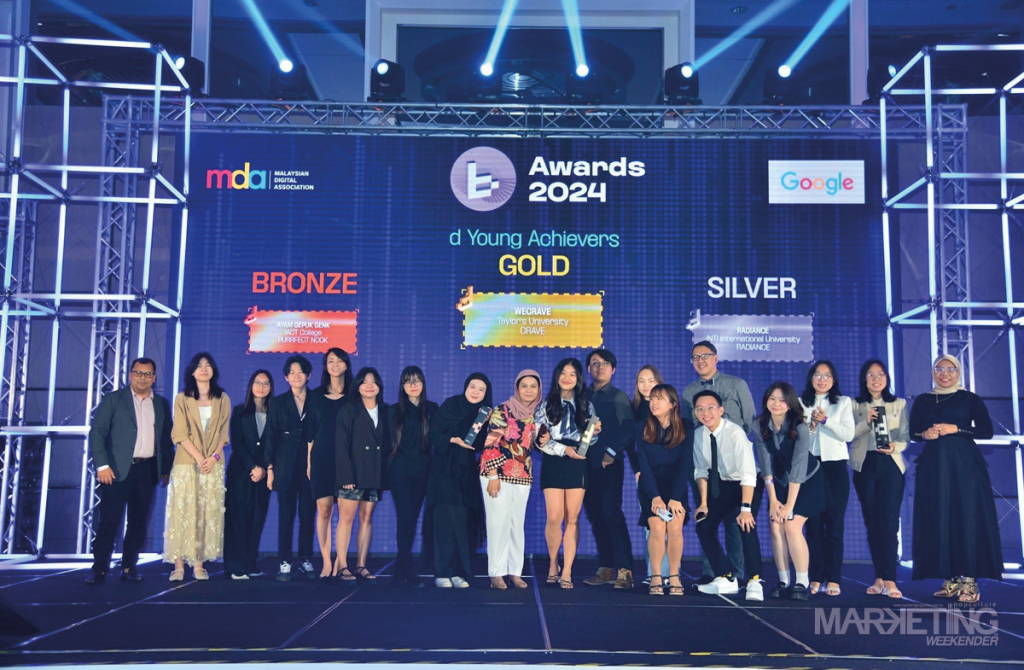
Navin has served in many roles across a diverse spectrum of industry bodies. He is currently serving his second term as President of the Malaysian Advertisers Association (MAA), Vice Chairman of the Communications & Multimedia Content Forum (CMCF) and Advisory Council Member of Advertising Standards Authority (ASA) Malaysia.
MARKETING Magazine is not responsible for the content of external sites.











